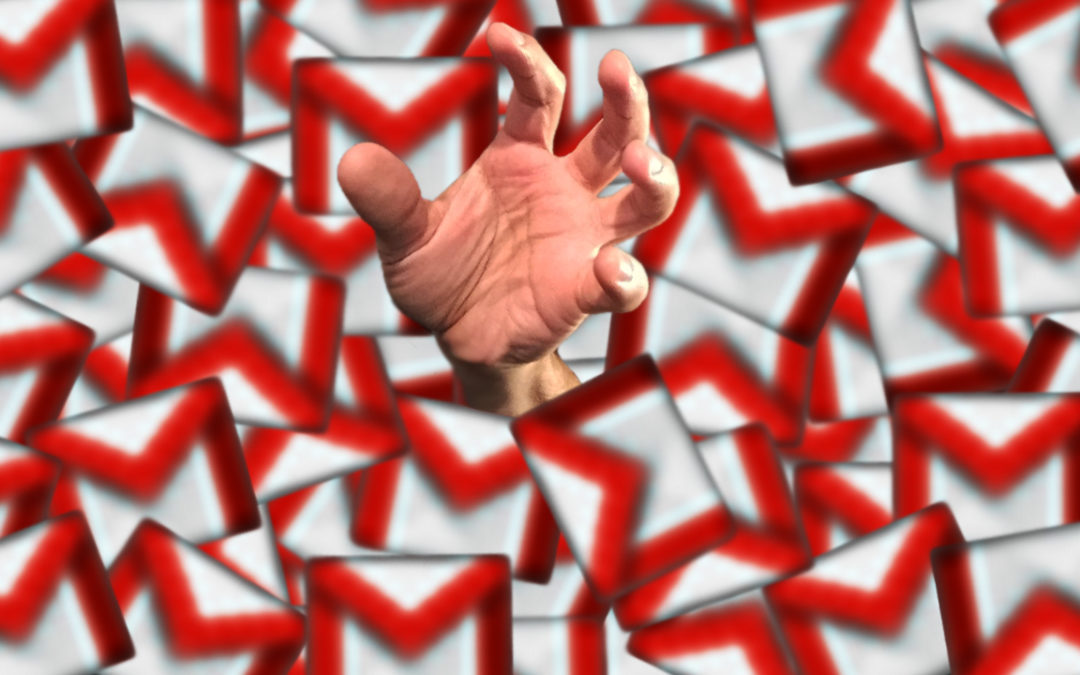We cannot stress this enough: filmmaking is a collaborative process, and one of the keys to effective collaboration is good communication. Conveying information to your team quickly and concisely is a must, as is being able to recall that information at a moment’s notice. While texting is fast, messages can get buried or scattered (not to mention intermingling business and personal messages). That’s why a more formal means of communication, such as email, is preferred, especially when dealing with sensitive information.
Here are five tips to improve your online communication:
1. Archive all work related conversations for future reference
One of the biggest benefits of email is that it documents the conversation. In a perfect world there would never be any disagreements or conflicts between collaborators. In reality, however, filmmaking, like any other business, will have its share of conflict. Having a written record of how things went down can insulate you against untrue accusations. Anything regarding money should always be communicated in writing. You never want to get in an argument over phone or text about paying someone or getting paid. It can turn into a he-said/she-said debate. Plus, if you ever find yourself in litigation, it’s good practice to have all your professional correspondence in one place.*
2. Organize that inbox
Duh. This is a pretty obvious tip, but surprisingly, people often skip this important step. Even if you need to take a day just for reorganizing, it will save you time in the long run to locate important correspondence more quickly. Most email services have options to filter your messages with labels or folders, making organizing your communication a cinch. It’s also always good to use clear subject lines and avoid talking about things that don’t pertain to that topic. Sticking with one subject per email thread will give you less to sort through if you need to pull it up later.
3. Stop those bad habits
We’re not talking about smoking or biting your nails… We’re talking about email etiquette. Most people wince when they get a new message at 8:00pm, let alone 11:59pm. Yet we often reply to business emails outside of office hours. When possible, create working boundaries, so you can avoid replying when you’re too tired or *oops* tipsy from that third martini. A third party integration called Boomerang lets you draft emails in advance & schedule them to be sent automatically at a predetermined time. You can also schedule and “boomerang” an email back into your inbox if you need the reminder. Always practice good email etiquette such as only responding Reply-All if everyone on the message needs the info, avoiding using backgrounds or fancy fonts, which make messages harder to read, and rereading anything you write, so you don’t sound too snarky or upset when you actually aren’t.
4. Don’t think of email as “just” an email
While texting isn’t the best method for business, there are some valuable lessons it can teach us about the recent evolution of communication. You might be a great writer, but your colleagues probably don’t want to read a novel. Keep your correspondences brief and concise. Since there aren’t any letter counts, try counting sentences. A good rule of thumb it to keep your emails around 3-5 sentences. Your recipient is more likely to read it thoroughly rather than skim over, missing important information. Don’t be shy about using that return key either. Smaller paragraphs consisting of only a sentence or two are less intimidating and easier to read on mobile devices. If you happen to have a lot of information to get across, bullet points are helpful!
5. Use third party applications
If email just isn’t your jam or you simply want to declutter your inbox all together, look into using third party services like Slack, GoTo Meeting, or Asana. Slack is a fairly new alternative that’s popular with startups. Businesses (and individuals) can create accounts and communicate directly like instant messaging, but everything remains in the professional sphere. Again, this way you have a record of all past communication. You can even add hashtags and labels to sort through or search if you need to find info down the line. Slack also has third party integrations with Google, Dropbox, Toggl, etc.

